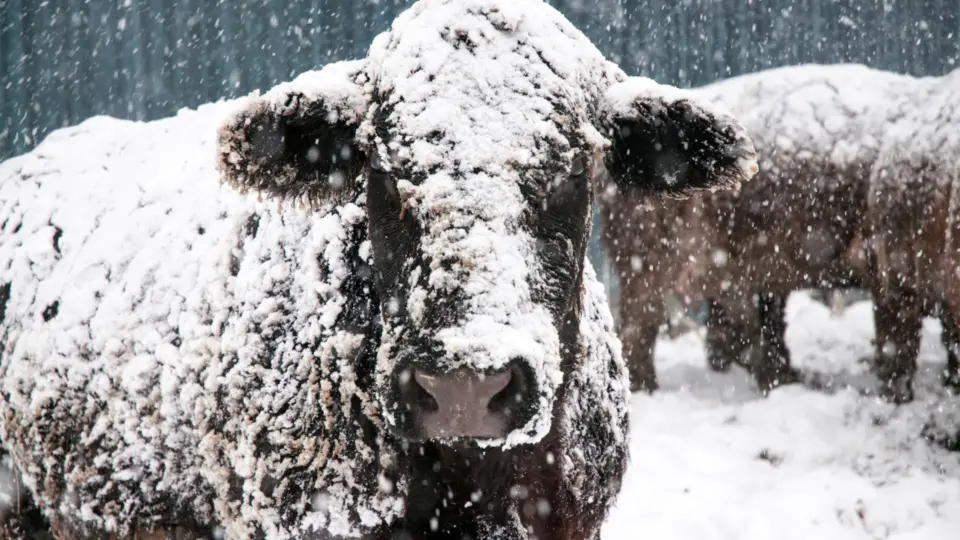A strong cold front, moving eastwards from the south-western parts of the Western Cape on Friday evening towards KwaZulu-Natal and Mpumalanga on Sunday, has caused a significant drop in temperatures. The front brought rain, strong winds reaching near gale force along the coast, and even snow in high-lying areas, according to the South African Weather Service.
A significant drop in temperatures occurred in Gauteng on Monday, where the maximum temperatures reached 13°C in the northern areas and snow fell over Johannesburg and its surrounds.
How can farmers protect their livestock from freezing conditions?
According to Prof Gareth Bath, chairperson of the Livestock Welfare Coordinating Committee, they should first identify the most vulnerable animals, as they require more protection.
These include young animals, such as lambs and calves, as they have less body fat than adult animals to keep them warm, and certain species such as goats, which also have little body fat.
Certain breeds of cattle are less able to cope with low temperatures than others. “Brahman cattle might look [handsome], but they don’t tolerate the cold as well as Northern European breeds such as the Aberdeen Angus. These are much better suited to areas that get very cold,” says Bath.
Thin animals are also more likely to die than animals in good condition, especially during wet cold snaps. The combination of wet and cold can be fatal, stresses Bath, as the moisture causes the animal to lose body heat more rapidly.
Recently shorn sheep and goats are particularly vulnerable. “Sheep and goats should not have been shorn recently. If they have been, they’ll need extra protection.”
Environmental circumstances should be considered when deciding where the animals should be taken, according to Bath.
“The key is to find shelter from the wind and cold, but not the sun, in order to keep female animals and their offspring protected. Bushes and high grass might generally be sufficient. Lowlands might be out, as these are usually the coldest areas on the farm, whereas some higher lying [areas] might be too exposed to the wind.”
Livestock should also have adequate access to food and clean water. Animals particularly require more high-energy feed, such as maize, during cold spells, as they need more energy to maintain their body heat. However, the cold does not affect the animal’s protein requirements, so feeding more protein would be a waste.
Bath points out that farmers over the years have devised their own strategies to help animals weather the cold. In the Eastern Cape, for instance, many Angora farmers keep their goats in sheds during extremely cold weather and after shearing to help keep them dry and out of the cold. Some even use hay bales to protect livestock against the wind.
Bath advises new farmers to ask more experienced neighbours to share their strategies with them.



